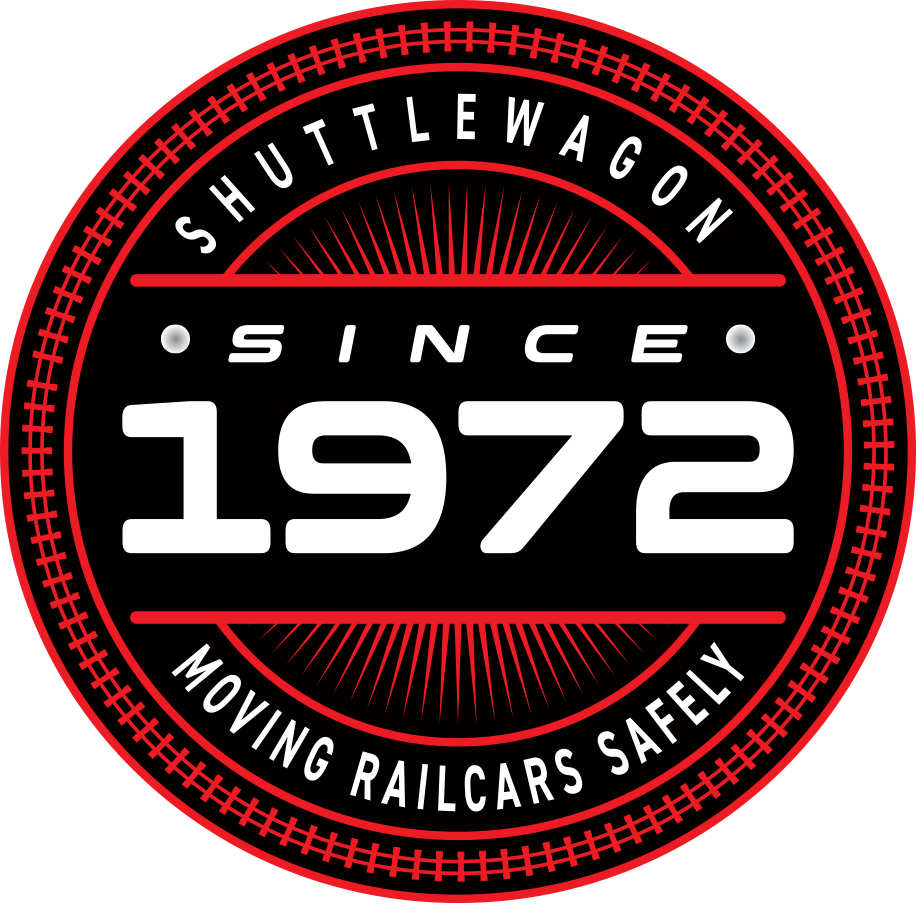The Challenges of Steel-Wheeled Railcar Movers
Why a Railcar Mover with Weight Transfer May Be the Wrong Choice for Your Company
Opting for a railcar mover with a weight transfer system might seem like an ideal solution for moving railcars on your facility’s spur tracks. However, several factors need to be considered that may make it less than optimal for your particular situation.
- Hydraulic Issues
One of the main drawbacks of weight transfer railcar movers is the potential for hydraulic issues. Lifting the adjoining railcar requires a complex hydraulic system, which can be prone to malfunctions, leaks, and wear and tear. Maintenance and repairs can disrupt operations and become a costly affair. - Safety Concerns: Pinch Points
Safety is paramount when moving railcars, and weight transfer systems introduce new safety risks, especially pinch points. The “Redzone” space between the steel-wheeled railcar mover and the adjoining car is often very tight. This leaves limited room for error and increases the risk of accidents, potentially causing harm to operators or workers in the vicinity. - Risk of Tipping Over
Railcars need to be uniformly loaded to maintain their balance. When a railcar mover with weight transfer lifts an adjoining railcar that is improperly balanced, there’s a risk that the railcar may tip over. This not only poses a safety hazard but could also result in costly damages to the product, the railcar, and even nearby infrastructure. - Weight Transfer Limitations
If the adjoining railcar is empty or lightly loaded, the weight transfer system will only be as effective as the weight it can transfer from that particular railcar. This means you may find your railcar mover limited in pulling capability when you most need it, impacting the efficiency of your operations. - Complexity and Training
The advanced systems on weight transfer railcar movers require specialized training for operators. Failing to operate the machine correctly could result in inefficient movements, higher fuel consumption, and increased risk of accidents.
The Hidden Drawback of Railcar Movers with Weight Transfer: Tractive Effort Inflation
Choosing the right railcar mover for your facility is a critical decision, and the performance numbers provided by manufacturers can significantly influence that choice. However, it’s crucial to be aware that some railcar movers with weight transfer systems may inflate their tractive effort numbers by showcasing the unit’s capabilities when “double-coupled.”
- The Double-Coupling Dilemma
Double-coupling, which involves attaching a railcar to both ends of a railcar mover, can dramatically increase the pulling capability of the machine, at least on paper. However, most facilities rarely, if ever, double-couple their railcars due to the inefficiencies and complexities this method introduces. The increased tractive effort may look impressive in promotional materials but may not reflect the real-world capabilities of the machine when used in the more common single-coupled configuration. - Ask the Right Questions
When competitively shopping for a railcar mover, it’s crucial to ask vendors to specify their unit’s tractive effort in both single-coupled and double-coupled scenarios. This will give you a more accurate understanding of the machine’s true capabilities, allowing you to make a more informed decision that suits your facility’s specific needs.
Conclusion
While railcar movers with weight transfer systems have their merits, they come with a host of challenges, including hydraulic issues, safety risks, balance concerns, operational limitations, and potentially misleading tractive effort statistics. Being well-informed and asking the right questions can help you avoid costly mistakes and operational inefficiencies, ensuring you select the railcar mover that truly meets your requirements. Before investing in such machinery, it’s crucial to assess whether these potential drawbacks outweigh the benefits for your specific needs.



